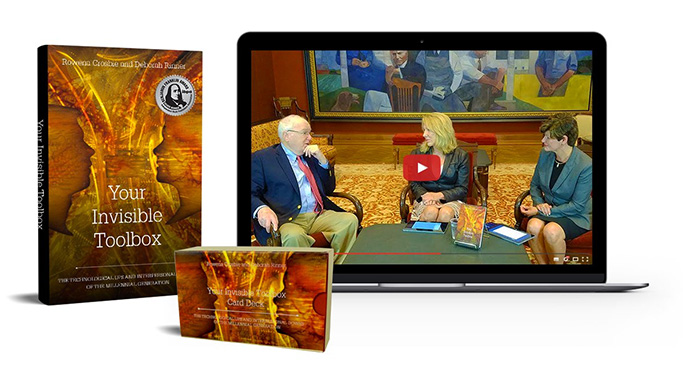Question #1:
How do I get the answers I need via email, when I have asked the same question several times?
Tero says:
Try another form of communication. Phone conversations and face to face communication can be much more effective than email. This will reflect positively on your ability to communicate and will build trust.
Use email thoughtfully so people value you and your communications.
Too much exposure (like emailing an individual too much) can potentially offend someone. Your communications need to be purposeful, have value, and should not be driven by your urgency. If the recipient feels rushed by you to reply, it could communicate that you are only interested in your own needs.
Question #2:
I get confused about when to open an email with a salutation and when to leave it out. Should a salutation be used with every email, even if you have been going back and forth with the individual?
Tero says:
Sometimes it may feel unnecessary but in business you should always use a salutation. Email communication has become more and more informal which is being perceived as unprofessional. Be sure to layout your email so a salutation is appropriate and not awkward.
You do not need to open every email the same. Keep in mind you want your email message to have the formality of a letter and not the informality of a text message.
Question #3:
Is it appropriate to use smiley faces or any other emoticons in email communication?
Tero says:
Using emoticons in business emails is never appropriate - internally or externally.
Tone is blind in email communication; therefore, many people use them to interject tone. Even though they may lighten the mood or add humor to the message they do not appear business-like. If you want to be perceived as professional and competent - this is not the way to do it.
If the issue is one you feel the person may have emotions around or your tone may be confusing, do not use email to communicate the message. Pick up the phone or meet face to face.
Question #4:
I am a team leader in my company and have to communicate via email to several employees frequently. What is the appropriate protocol to cc another individual in an email?
Tero says:
Always include why they are cc'd and who they are. This informs others of why they were included and if they need to reply to just you or reply to all.
If you are cc'd on an email, read why. Sometimes it serves as an FYI only. If it is just for information, do not jump into the communication. If there is a task you are asked to do, you can reply. This allows others to be aware of what you did and how you contributed.
Question #5:
Sometimes I wonder if I am sending mixed signals via email. I have been told to keep emails short and concise, however, many of the emails I receive are rather wordy. What is the correct guideline when sending an email? Is it okay to be short and straight to the point?
Tero says:
Actually, email is a communication that lends itself to brief messages. Recipients often do not read long emails. If you need to discuss something at length consider sending a letter, including an attachment or picking up the phone.
Remember every email impacts your impression. Short and to the point emails are business appropriate and represent you well.
Question #6:
I have several clients who do not respond to my emails for weeks. I get very frustrated because I'm not getting the information needed. How should I follow-up with an individual who doesn't respond to my email? Should I resend it?
Tero says:
If an adequate amount of time has passed, it may be best to call rather than resend the same email.
Everyone's workload and responsibilities are different and a sufficient amount of time to you may differ from others.
If you need information and are not getting it, call or try to communicate face to face. Analyze how that individual likes to communicate and ask what works best for him.
The Your Invisible Toolbox® Movement tackles the challenges most individuals, teams, and organizations face. An award-winning book paired with a companion YouTube show and card deck, provide a unique set of research-based tools, put together in an easy-to-apply road map to success.
Find Out More and Join The Movement